Like:
Share:
Rhodochrosite (whose name means rose-colored) is a very attractive mineral with an absolutely one-of-a-kind, beautiful color. Although it can be an ore of manganese, it is its ornamental and display specimen qualities that make it a very popular mineral. The color of a single crystal can just astound the observer with its vivid pink-rose color that seems to be transmitted out of the crystal as if lit from within. Individual crystals are found in well shaped rhombohedrons and more rarely scalahedrons. In a massive form its pink and white bands are extremely attractive and are often used in semi-precious jewelry. Rhodochrosite is often carved into figurines and tubular stalactitic forms are sliced into circles with concentric bands that are truly unique in the mineral kingdom. Fine crystals are sometimes cut into gemstones, but rhodochrosite's softness and brittleness limit it as a gemstone for everyday use. Identification of rhodochrosite is fairly easy despite a few similarly colored minerals such as rhodonite. Rhodonite is harder and has different cleavage; but perhaps the best distinguishing factor is its lack of reaction to acids. Rhodochrosite will easily with show some reaction to cold acids which demonstrates its carbonate chemistry. Basically, any rose-pink carbonate is considered rhodochrosite; however some calcites with a small amount of manganese impurities can be pink in color. The manganese replaces some of the calciums in calcite but a complete series between calcite and rhodochrosite is not established. Differentiating pink calcite from rhodochrosite may require a fluorescence test as rhodochrosite is distinctly non-fluorescent and manganese is a fluorescent activator in calcite. There are many localities for rhodochrosite that are of great reknown. Beyond a doubt, the best locality for rhodochrosite is the Sweet Home Mine in Colorado. It is unmatched for its superb rhodochrosite crystals that exhibit the best features of the species; a fine bright rose color and sharp well formed crystals. Some specimens from here are quite large and of world class distinction. Other localities have produced some fine specimens as well. Catamarca, Argentina has an old inca silver mine that has produced fine stalatitic examples of rhodochrosite that are unique and very attractive. Cut cross-sections reveal concentric bands of light and dark rose colored layers. These specimens are carved and used for many ornamental purposes. Mont Saint-Hilaire, Quebec, Canada has produced many fine rare minerals but it also produces some nice rhodochrosite specimens as well. Specimens from here are generally small, but have a good color and are associated with rarer minerals. There are many Peruvian rhodochrosite localities that have produced a number of good specimens. These crystals are usually paler in color than other specimens, but are accented by interesting metal sulfide minerals. N'Chwanging Mine, Hotazel, South Africa has produced possibly the best examples of scalahedral crystals of rhodochrosite. The unusual crystal habit is due in part to this being one of a few sedimentary crystallizing environments for the species. Most other localities are the result of metamorphism, late stage igneous intrusion or more commonly hydrothermal precipitation. PHYSICAL CHARACTERISTICS:
|
 Amethyst Galleries' Mineral Gallery MINERALS |
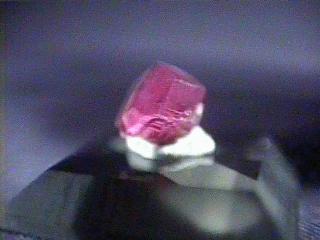
$ 33.00

rho-5 ($ 33.00)
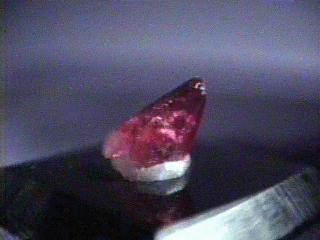
$ 33.00

rho-6 ($ 33.00)
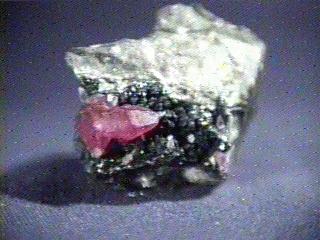
$ 75.00

rho-7 ($ 75.00)
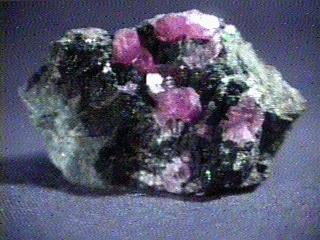
$ 68.00
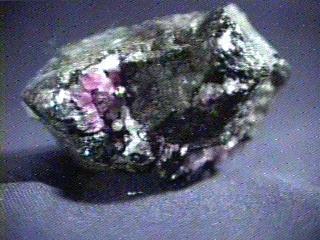

rho-8 ($ 68.00)
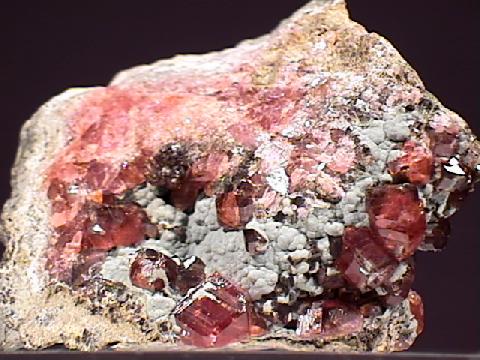
$ 68.00

rho-9 ($ 68.00)
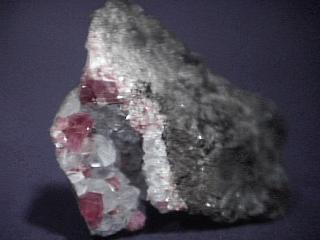
$ 135.00

rho-11 ($135.00)
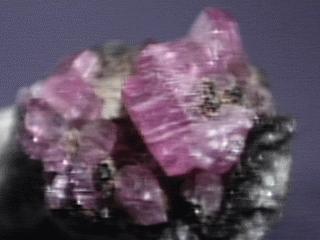
$ 23.00

rho-12 ($ 23.00)
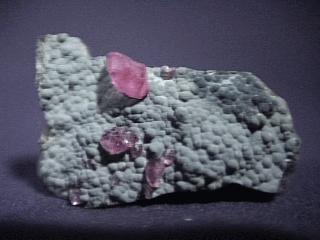
$ 20.00

rho-13 ($ 20.00)
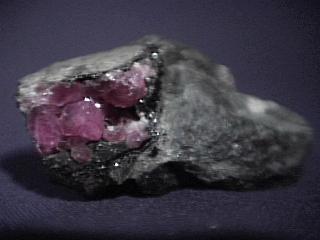
$ 55.00

rho-14 ($ 55.00)

$ 45.00
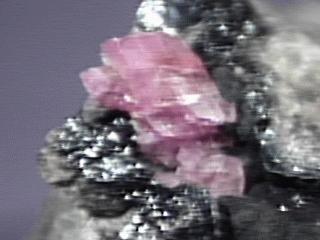

rho-15 ($ 45.00)

$ 22.00

rho-16 ($ 22.00)
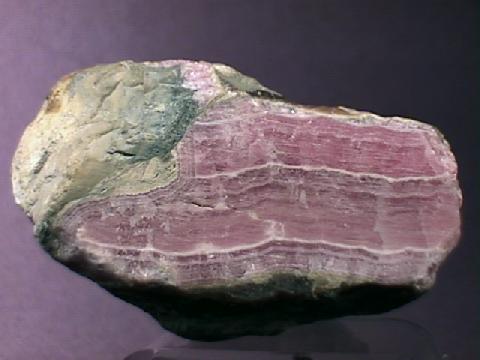
$ 45.00
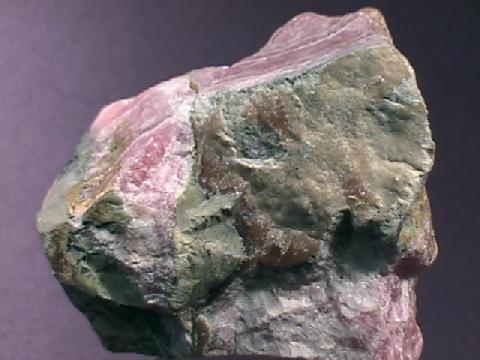

rho-17 ($ 45.00)
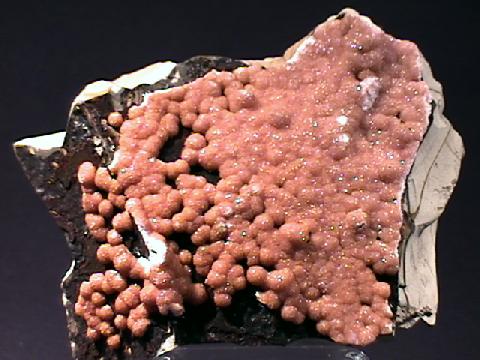
$ 65.00

rho-18 ($ 65.00)
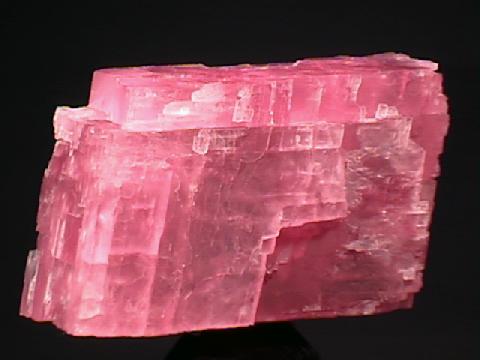
$ 225.00
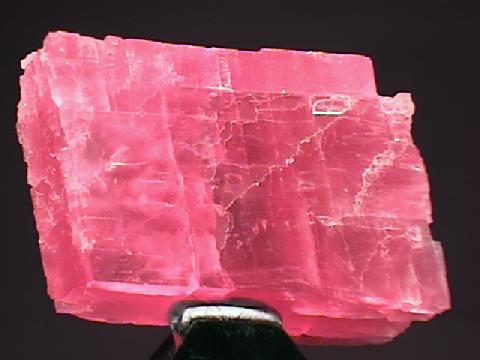

rho-19 ($225.00)
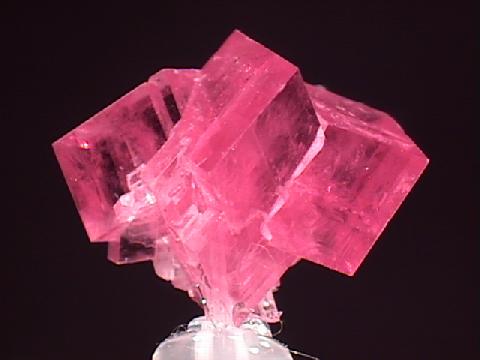
$ 375.00
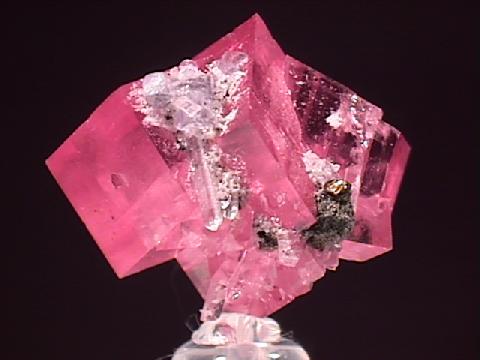

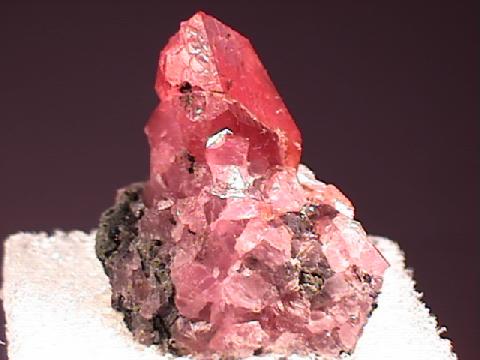
$ 42.00

rho-21 ($ 42.00)
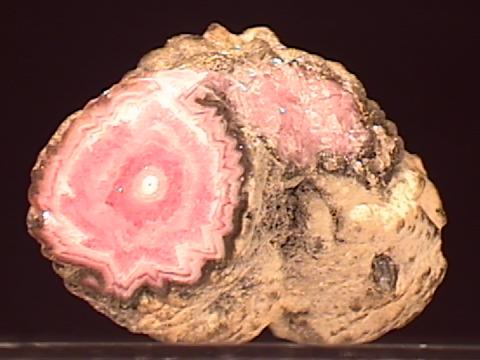
$ 60.00
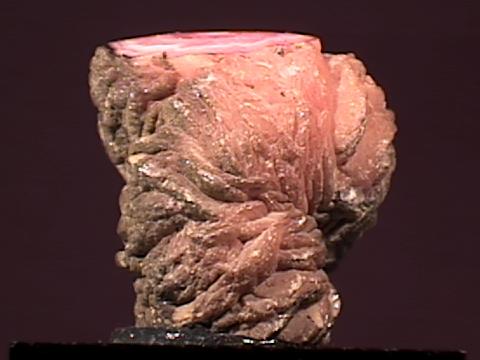

rho-22 ($ 60.00)
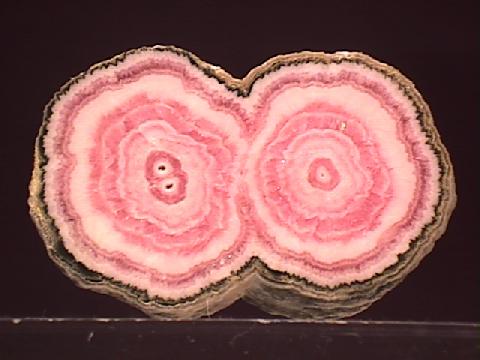
$ 84.00

rho-23 ($ 84.00)
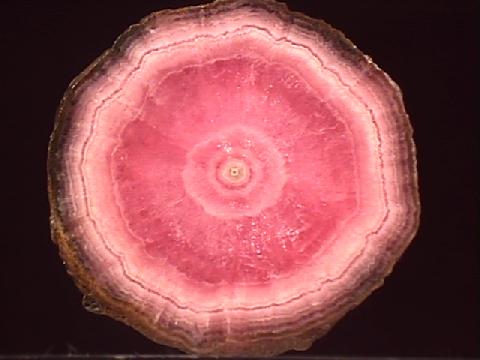
$ 120.00

rho-24 ($120.00)
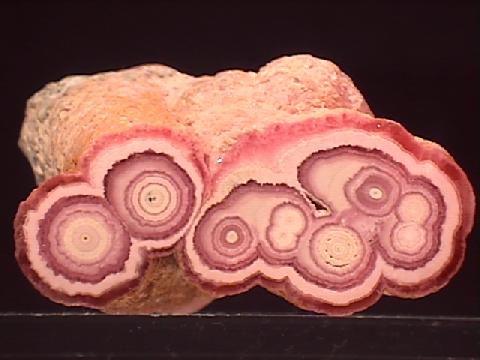
$ 145.00
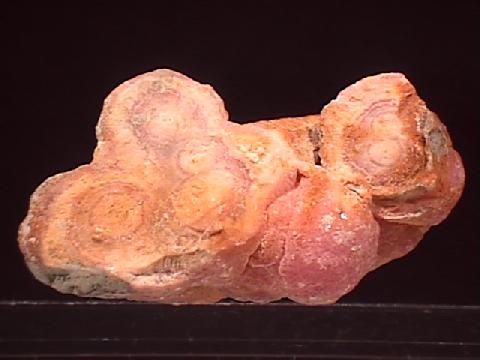

rho-25 ($145.00)
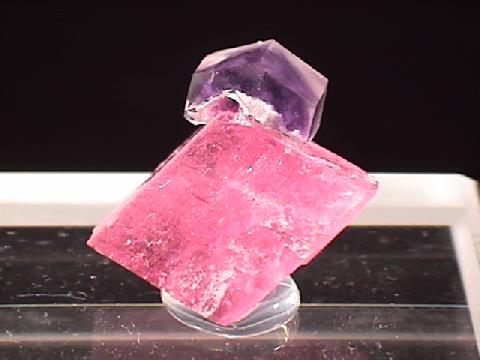
$ 125.00
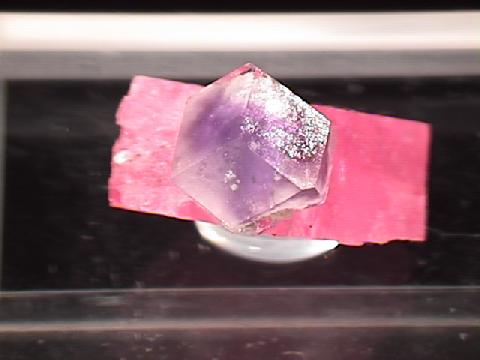

rho-26 ($125.00)
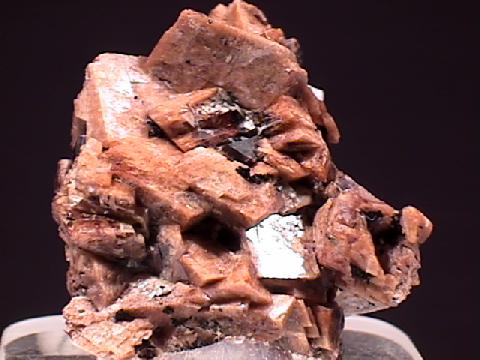
$ 33.00

rho-27 ($ 33.00)
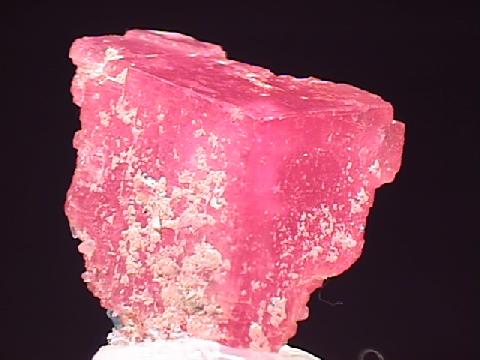
$ 75.00

rho-28 ($ 75.00)
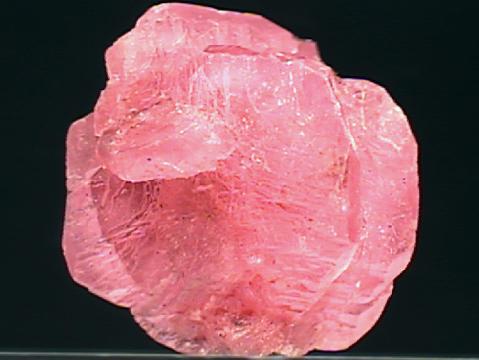
$ 40.00

rho-29 ($ 40.00)
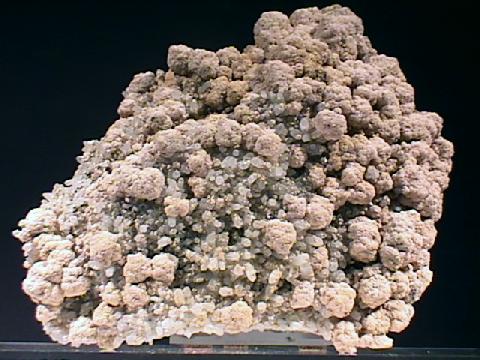
$ 32.00


rho-30 ($ 32.00)
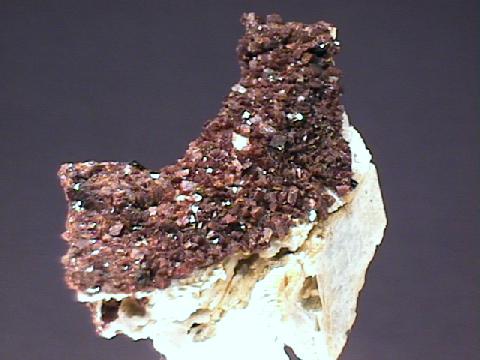
$ 56.00


rho-31 ($ 56.00)
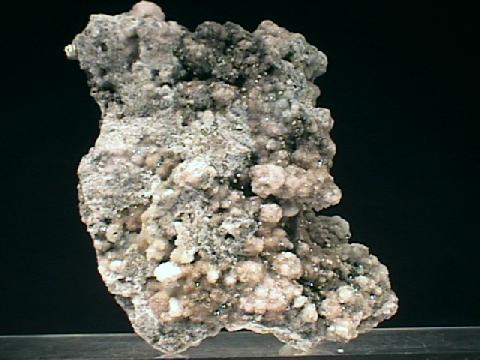
$ 36.00

rho-32 ($ 36.00)
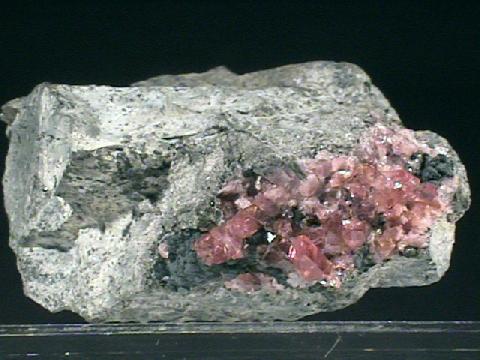
$ 68.00
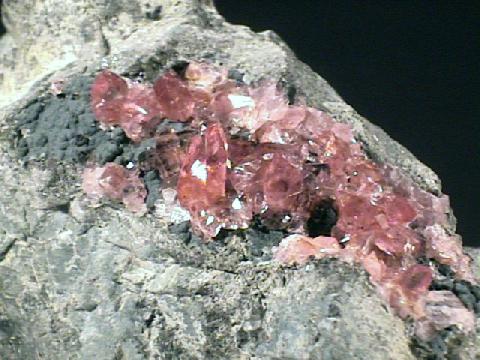

rho-33 ($ 68.00)
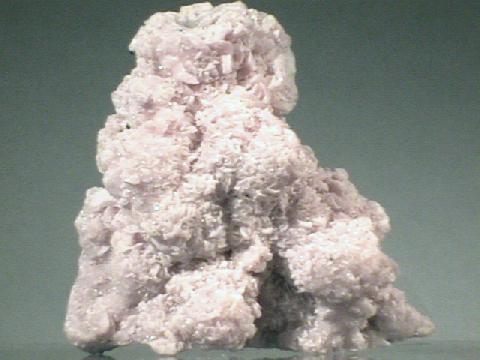
$ 25.00

rho-34 ($ 25.00)
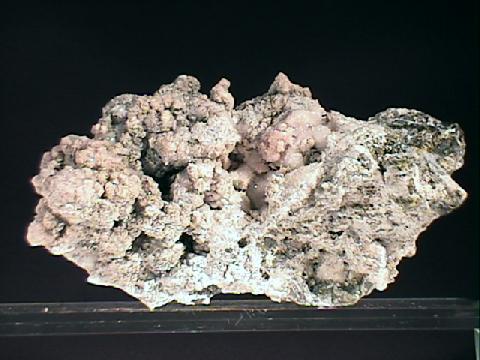
$ 25.00

rho-35 ($ 25.00)
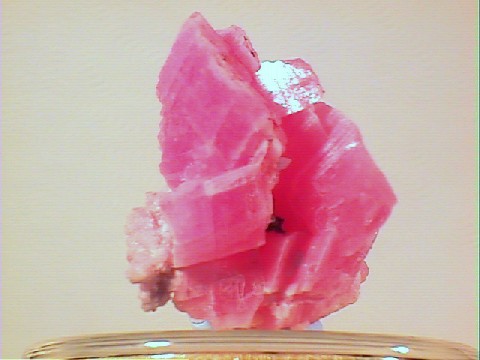
$ 25.00

rho-36 ($ 25.00)
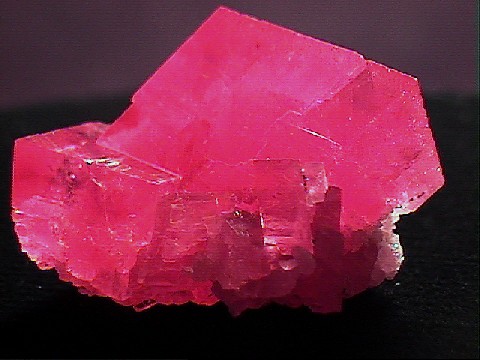
$ 960.00
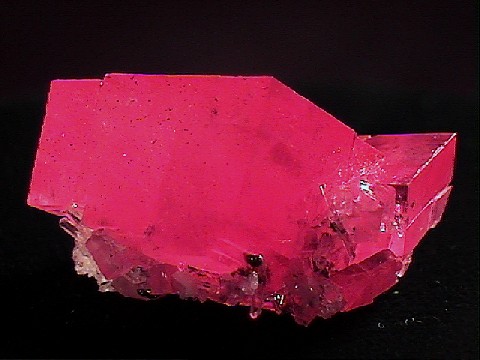

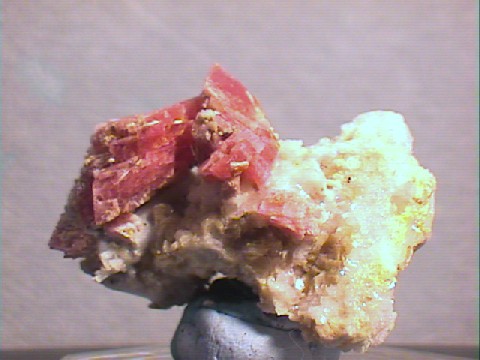
$ 42.00

rho-38 ($ 42.00)

$ 45.00

rho-45 ($ 45.00)

$ 108.00
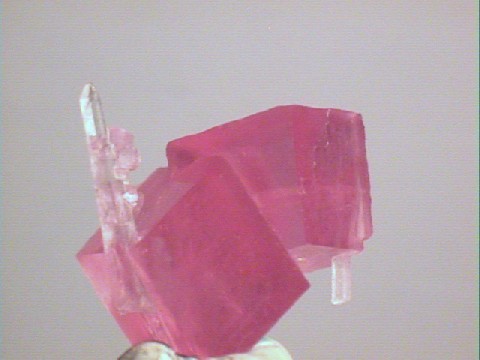

rho-39 ($108.00)
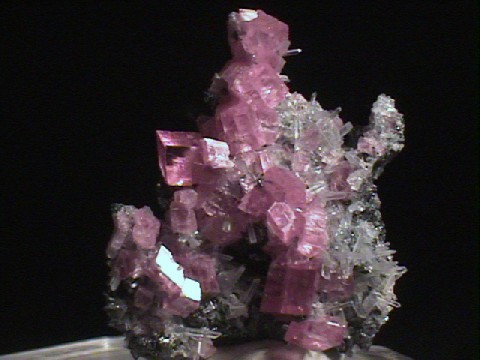
$ 72.00
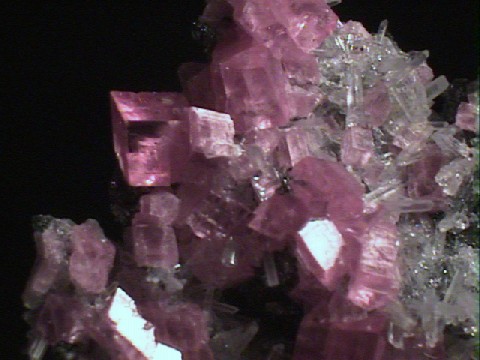

rho-40 ($ 72.00)
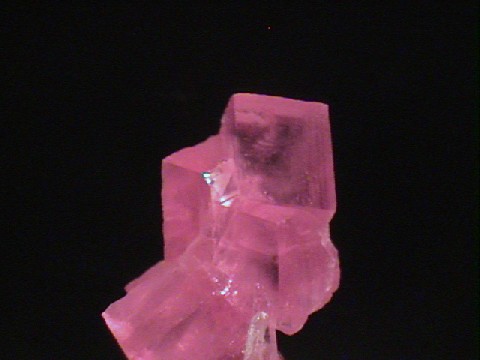
$ 60.00
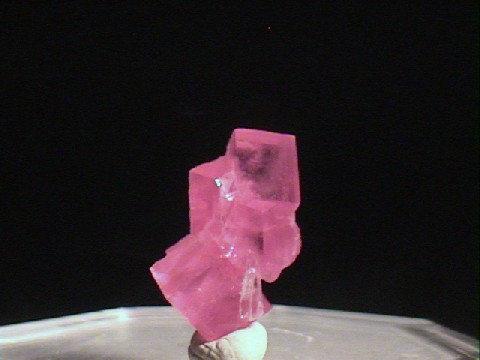

rho-41 ($ 60.00)
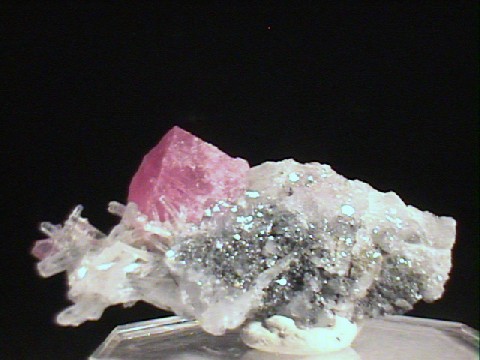
$ 48.00

rho-42 ($ 48.00)
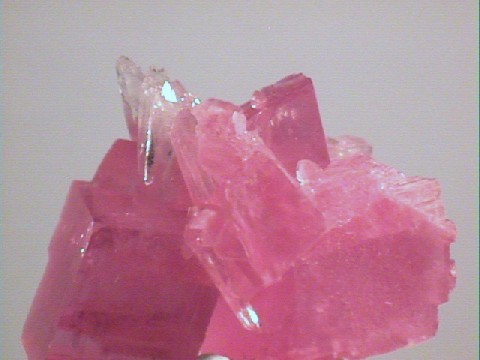
$ 240.00

rho-43 ($240.00)
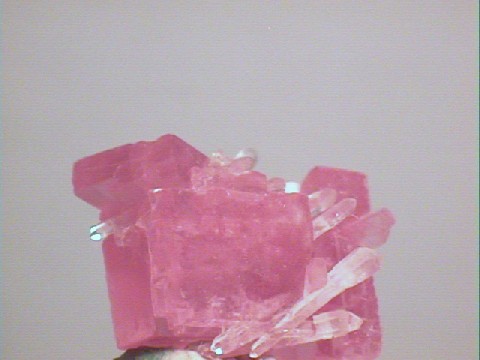
$ 48.00

rho-44 ($ 48.00)

$ 575.00
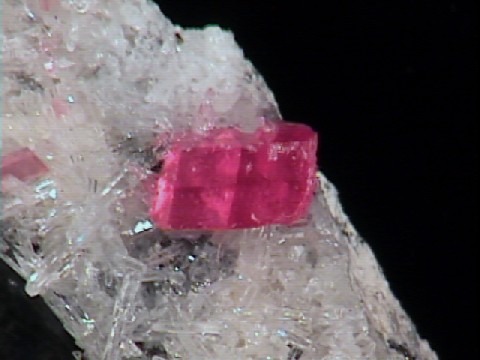

rho-46 ($575.00)
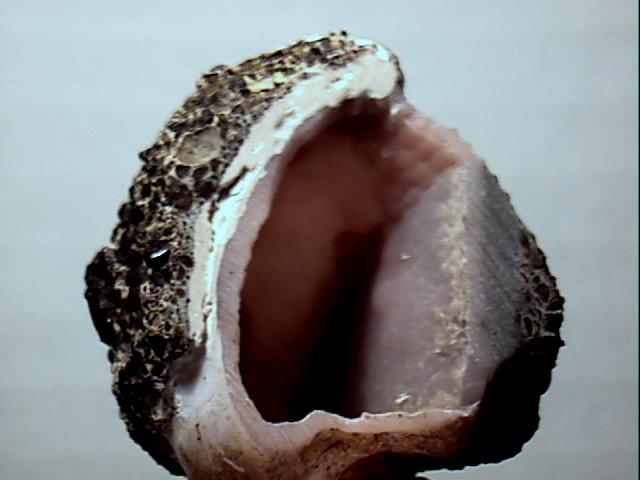
$ 35.00
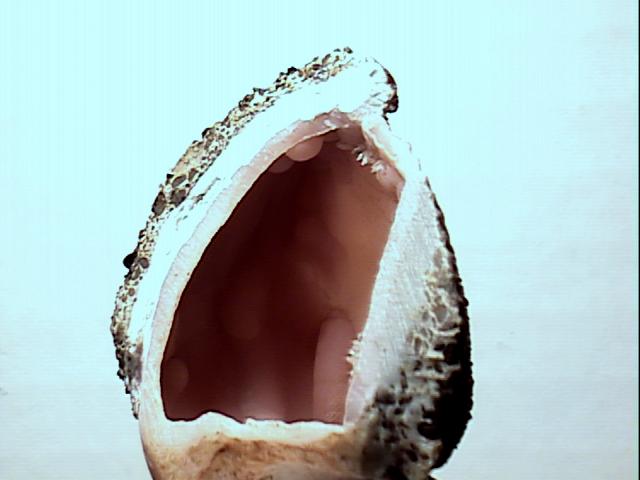

rho-51 ($ 35.00)
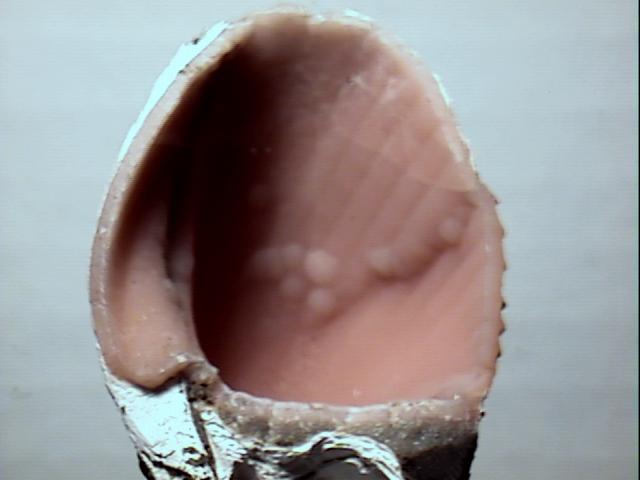
$ 30.00
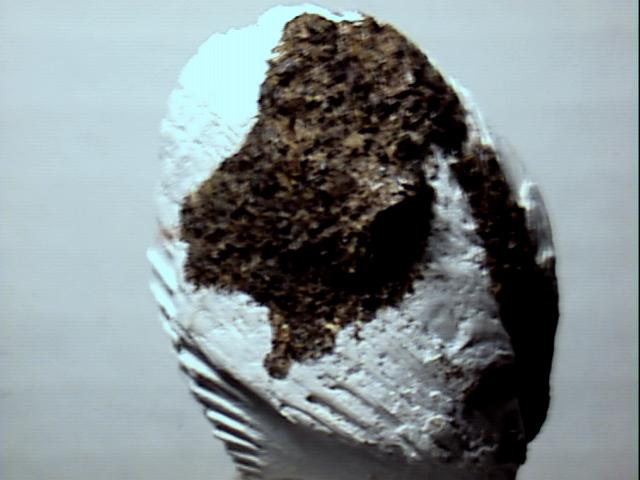

rho-52 ($ 30.00)
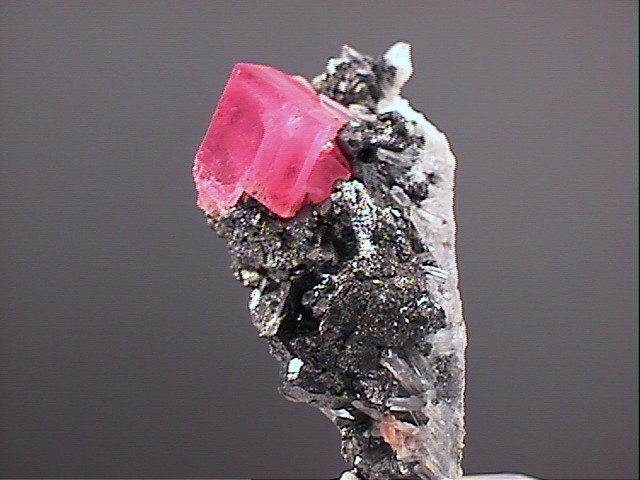
$ 170.00
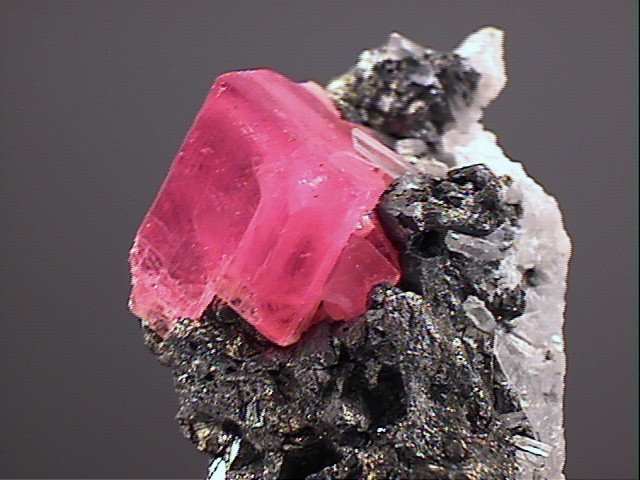

rho-47 ($170.00)
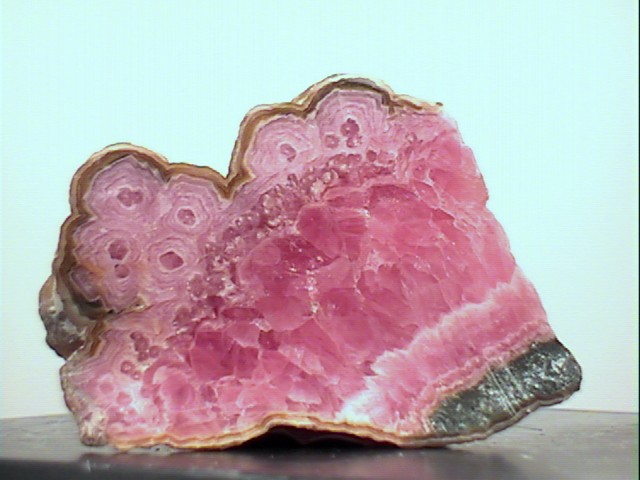
$ 75.00
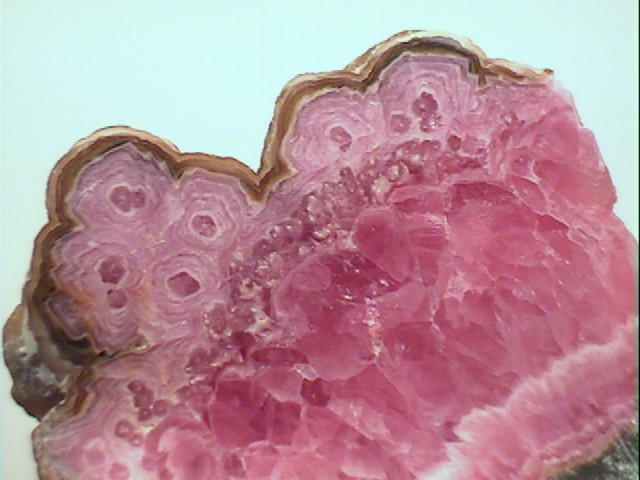

rho-53 ($ 75.00)

$ 45.00


rho-54 ($ 45.00)

$ 47.00


rho-55 ($ 47.00)

$ 115.00


rho-48 ($115.00)

$ 45.00


rho-49 ($ 45.00)

$ 35.00


rho-50 ($ 35.00)


